- How can businesses in your jurisdiction adopt AI and automation responsibly, and what guidance are you offering to ensure regulatory compliance?
In Australia, responsible adoption of AI starts with understanding that these technologies must operate within existing legal frameworks. While there isn’t yet a comprehensive AI-specific statute, businesses are still bound by key legislation such as the Privacy Act 1988 (Cth), the Australian Consumer Law, and anti-discrimination laws.
Any business introducing AI or automation should begin by identifying the specific functions the technology will perform and the type of data it will handle. There’s a clear need to ensure human oversight, particularly where decisions have legal, financial or reputational consequences for individuals.
Although voluntary, the Australian Government’s AI Ethics Principles offer a useful reference point. These cover areas such as fairness, transparency, privacy and accountability, and can be helpful in shaping internal governance.
There are also practical measures businesses can take. For example, being transparent with customers or clients about when AI is used in decision-making processes can help manage expectations and build trust. Clear documentation, staff training, and regular audits of AI systems further support responsible implementation.
In terms of compliance, the key is not simply ticking boxes but embedding thoughtful oversight into how AI is integrated into day-to-day operations. That may mean slower adoption, but it significantly reduces the likelihood of legal issues down the line.
- What are the key risks of implementing AI, from data privacy to ethical concerns, and how can you help businesses in your jurisdiction navigate these complexities?
The risks associated with AI are varied and complex, particularly when it comes to data handling and ethical impacts. In many cases, AI systems require access to large datasets which often include personal or sensitive information. Misuse or poor management of that data can result in serious breaches of privacy law.
Bias is another major concern. If the data used to train an AI system reflects historical inequities, the system may replicate or even amplify those patterns. This can result in discriminatory outcomes in areas like hiring, credit assessments, or access to services. Even when the bias isn’t intentional, the legal consequences can be significant.
There are also broader ethical challenges. If an AI tool is being used to make high-stakes decisions (such as assessing job applications or determining eligibility for financial support), there needs to be transparency around how those decisions are made, and mechanisms for people to challenge them if needed.
From a legal standpoint, businesses should be conducting risk assessments before implementing AI, particularly in areas that directly affect individuals. Data protection impact assessments, internal policy reviews, and regular oversight of AI performance can help mitigate these risks.
Importantly, reliance on AI doesn’t remove legal responsibility. Businesses remain accountable for the outcomes their systems produce, and failing to monitor these systems adequately can leave them open to claims of negligence, discrimination, or breach of privacy.
- Are you seeing any trends in AI-driven disputes or liability concerns? How can firms assist clients in addressing potential AI-related litigation or regulatory scrutiny?
While Australia hasn’t yet seen a flood of AI-related litigation, early signs suggest disputes are beginning to emerge, particularly where AI systems have made incorrect or unfair decisions. These disputes often raise difficult questions around liability, especially when the decision-making process lacks transparency.
One challenge is attribution. If an AI system denies someone access to credit or employment, and that denial was based on flawed data or a biased algorithm, who is responsible? The business deploying the technology? The vendor who developed it? At present, the law doesn’t provide definitive answers in every scenario, but what’s clear is that organisations deploying AI remain ultimately responsible for its use.
Another emerging issue is the use of AI in content generation and data scraping. There are ongoing debates about whether training AI on publicly available but copyrighted content constitutes an infringement. Until courts or legislators provide clearer guidance, this area remains uncertain and potentially risky for businesses relying on third-party AI models.
In this evolving legal landscape, businesses can take some practical steps. Reviewing and updating contracts – especially those involving AI tools or data processors – can help clarify responsibilities and manage risk. It’s also worth considering whether current insurance policies cover AI-related incidents, including reputational damage, data breaches, or system errors.
Overall, the trend is towards increased scrutiny. As regulators, courts and the public become more familiar with AI, expectations around transparency and accountability are likely to grow. Businesses using these technologies will need to stay alert to changing standards, and ensure they have the right processes in place to respond.
Key Takeaways
- Australian businesses introducing AI should align their practices with existing legislation such as the Privacy Act 1988 (Cth), consumer protection laws, and anti-discrimination provisions. Voluntary AI Ethics Principles offer a governance framework, but businesses must embed transparency, oversight, and audit practices into day-to-day operations to ensure responsible implementation.
- AI systems that rely on biased data risk producing discriminatory outcomes, even unintentionally. Transparency in automated decisions, particularly those affecting employment, finance or services, is critical. Legal obligations persist regardless of whether the decision-making was automated or human-led.
- Although case law is still emerging, liability concerns are increasing in areas such as unfair automated decisions, data scraping, and AI-generated content. Businesses must review contractual arrangements with technology providers, assess insurance coverage, and prepare for increased regulatory scrutiny.
This is James Conomos‘ submission to IR Global‘s latest edition of ‘The Visionaries’. Read the full publication here.

